You are here
Necropolis Kamysbay.
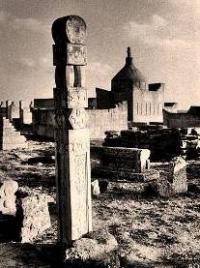
History Tour Mangistau.
"We are all people the same, only tombstones of different sizes"
Paya Kanizhai.
All monuments of culture and history of Kazakhstan.
The Kamysbay necropolis is located in the southern spurs of the Eastern Karatau ridge, 12.6 kilometers southeast of the Shetpe village, 14 kilometers west of the Onda village in the Mangistau district of the Mangistau region.
The Kamysbay necropolis dates back to the XVIIth - XXth centuries. Since the 18th century, the Kamysbay necropolis has been a cemetery of the Adai clan. It includes 450 monuments, including 60 large mausoleums, sagan-tams and about 350 small forms in the form of kulpytas, koitases, sandyktases, ushtases.
In 1951, the Kamysbai necropolis was studied by a scientific expedition of the Academy of Sciences of Kazakhstan. The area of the Kamysbay necropolis is 3.9 hectares. Kamysbay necropolis is one of the largest necropolises in the region.
It is located in a flat semi-desert landscape, on the plateau of the southern spurs of the Karatau. Its complex began to form next to the mound of the Bronze Age, starting from the 17th century it became the ancestral cemetery of the Adai-Zhanai clan.
By the 19th century, a local school of masters of memorial architecture and stone-cutting art had developed here, whose works represent most of the small architectural forms of this period, distinguished by local originality of forms and artistic images.
The necropolis consists of several dozen domed buildings, saganatams and many over-grave stone monuments in the form of koitases, kulpytas, sydyktas, multistage tombstones - ushtases and bestases. The earliest mausoleums are small in size.
Their walls were built of slabs of limestone-sandstone on clay mortar, with facing of facades with sawn, well-processed stones. Their domes, as a rule, are also composed of untreated slabs on clay mortar, using the false vault technique, have a simple conical shape, and are crowned with figured tops.
There is a flat-relief carving in the decor of the facades. The necropolis is called Kamysbai Toleke uly (1722 - 1785) whose burial is one of the oldest on its territory. In front of the Kamysbay mausoleum, a large space opens with burials marked with stone layouts, as well as koitases, multi-stage gravestones and kulpytases covered with rich ornamental flat-relief carving.
Koytases, despite the standard form, have a highly artistic sculptural design. Kulpytases are presented here both in the form of flat specimens and in the form of round stone steles with deep sculptural elaboration.
The necropolis stands out from a number of other necropolises of Mangistau not only for its size and unique silhouette, which is given to it by mausoleums, saganatams, ornamental verticals of kulpytas. Here, at the Kamysbai necropolis, there are almost all types of memorial monuments characteristic of Mangistau, as well as the types of construction technologies and materials used, sculptural and artistic decoration.
For the first time, the complex was scientifically examined in 1971 by an expedition of the Ministry of Culture of the Kazakh SSR under the leadership of A. Ordabaev, when it was taken under state protection as a monument of history and culture.
Today the necropolis is in a well-groomed condition, periodically restoration work is carried out, there is a fence and a house for numerous pilgrims. However, in recent years, many new buildings have appeared
in its territory, which poses a danger to the preservation of its historical silhouette and the surrounding landscape.
Geographic coordinates of the Kamysbay necropolis: N44 ° 04'07.12 "E52 ° 15'31.31"
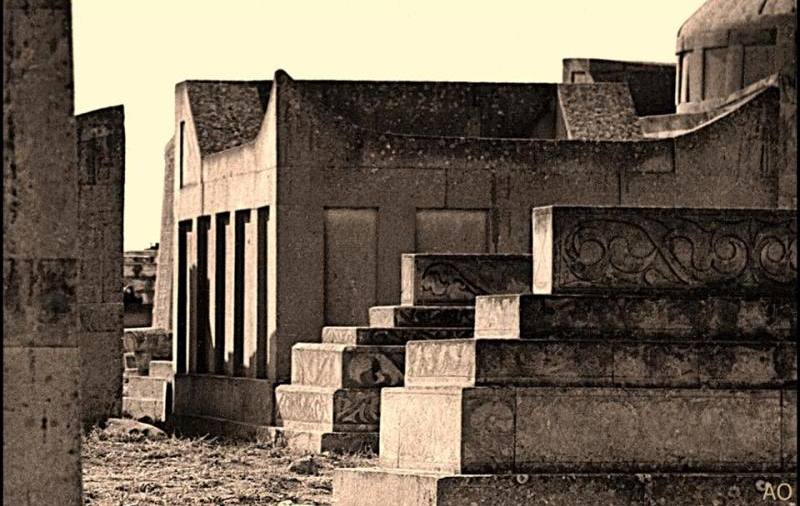
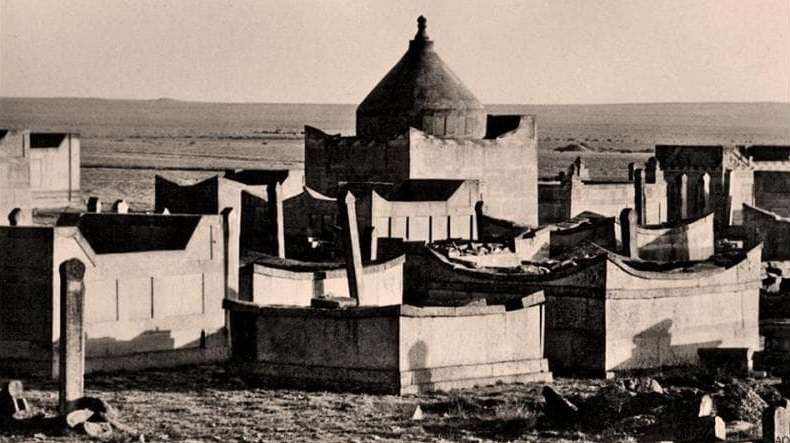

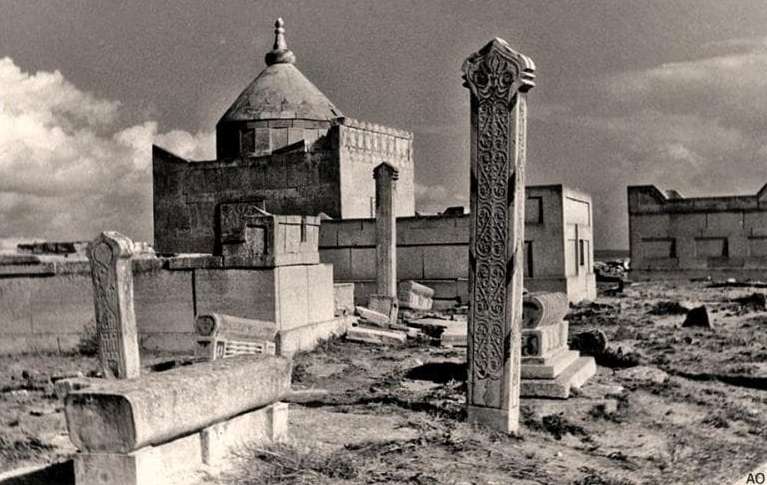
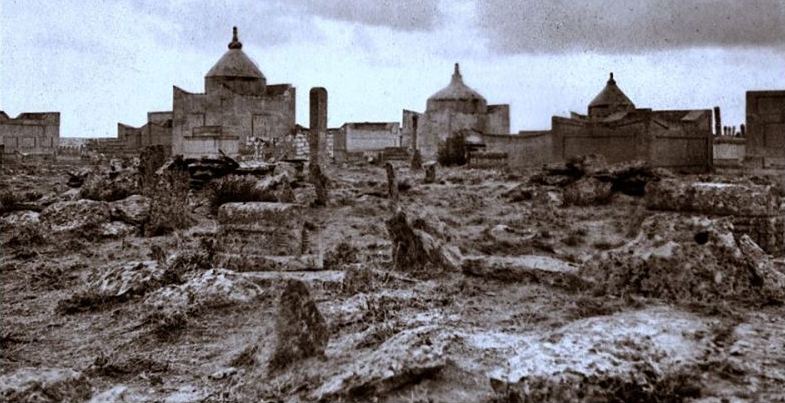
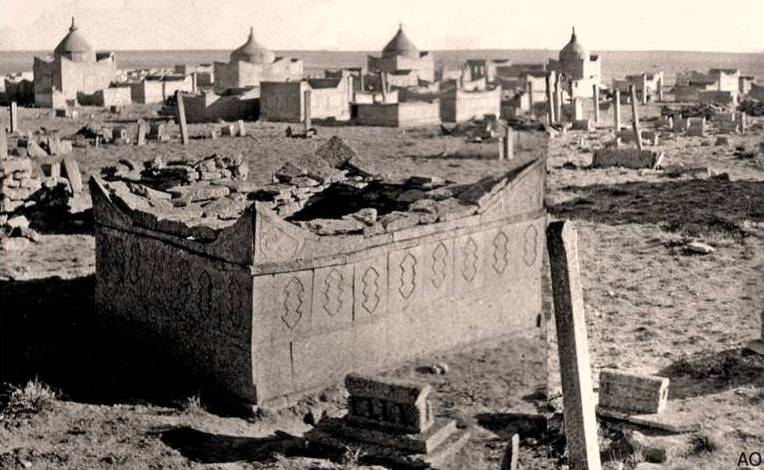
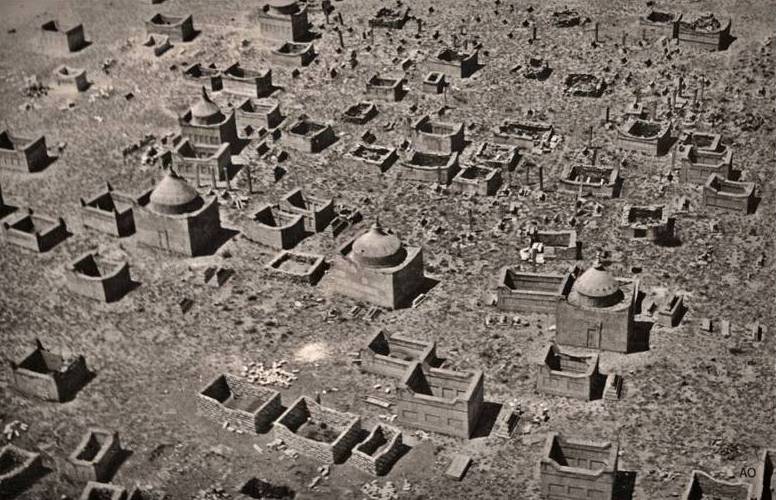
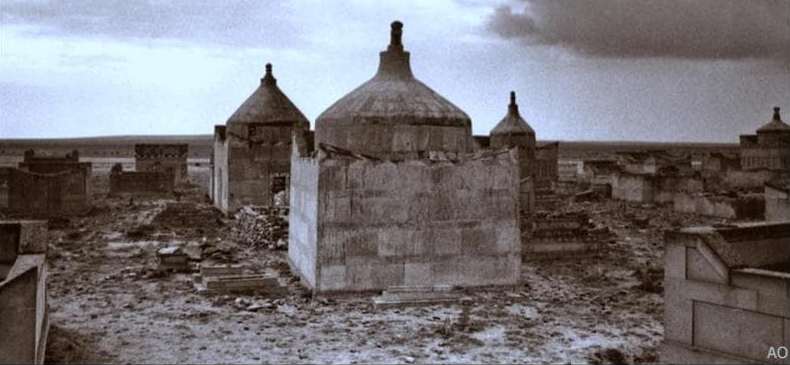
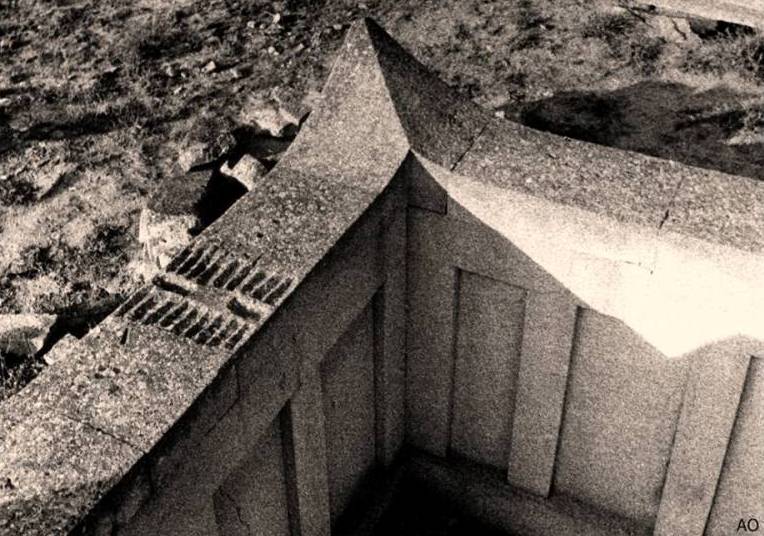
Authority:
Andrey Astafiev. Aktau city. "The Code of Monuments of the Mangystau Region".
Photos by
Almas Ordabaev.







